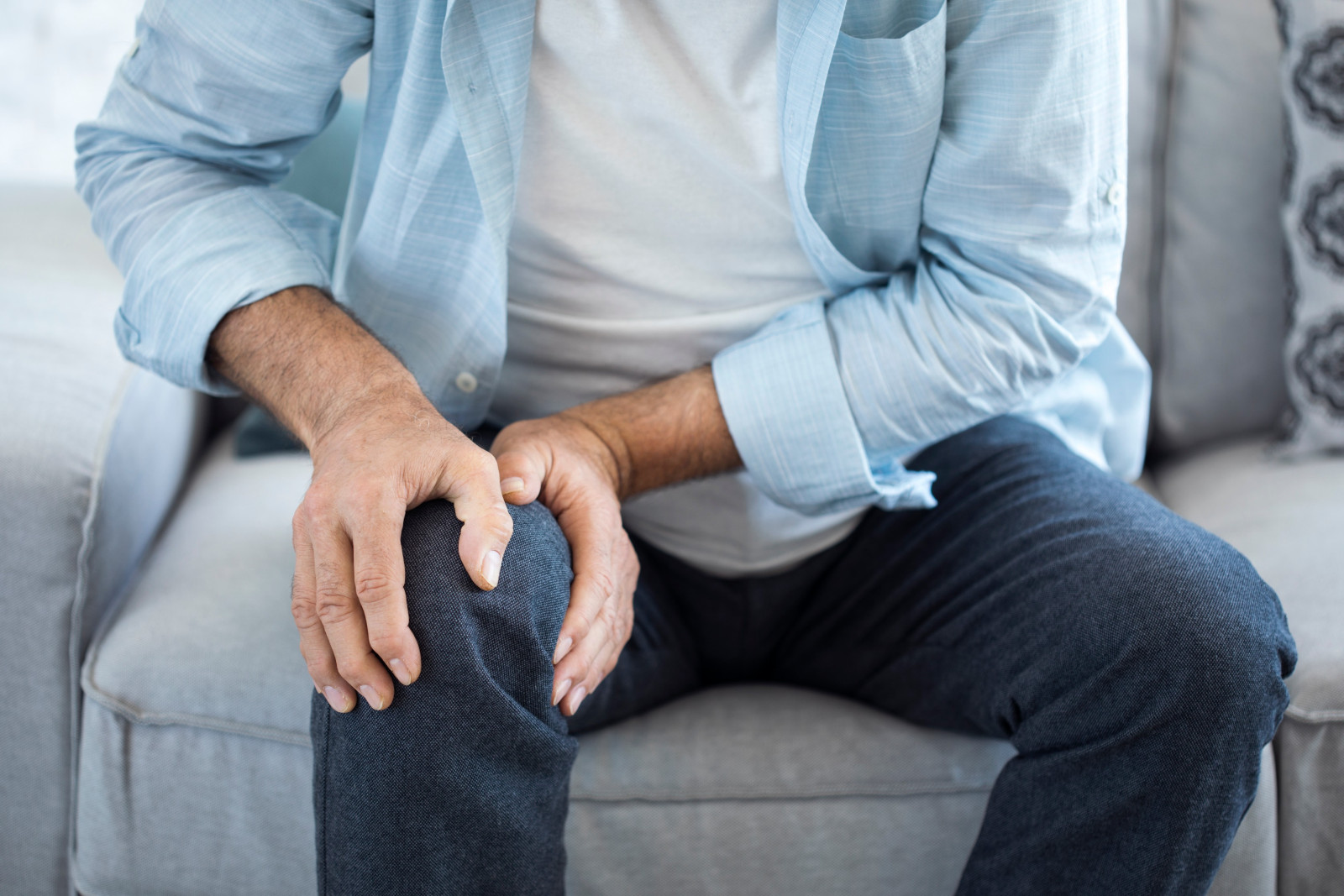Pain conditions
Osteoarthritis in the knees: symptoms, causes and treatment
Osteoarthritis in the knees: symptoms, causes and treatment Updated: February 2020 Osteoarthritis of the knees is a chronic condition characterised by the deterioration of cartilage in your knees. This deterioration is painful, and it can restrict your range of movement and make it difficult to walk. It is the most common type of osteoarthritis and …

Osteoarthritis in the knees: symptoms, causes and treatment
Updated: February 2020
Osteoarthritis of the knees is a chronic condition characterised by the deterioration of cartilage in your knees. This deterioration is painful, and it can restrict your range of movement and make it difficult to walk. It is the most common type of osteoarthritis and can eventually become very disabling.
Symptoms of osteoarthritis in the knees
Osteoarthritis of the knees can have various symptoms. It is mainly characterised by pain when you move (e.g. when walking or climbing stairs) that is worse on exertion, gets progressively worse as the day goes on, and eases off when you rest. It can therefore become difficult to walk and your movement may be restricted. This pain can sometimes be accompanied by a swelling in your knee(s), a feeling of weakness in your legs, joint stiffness or a feeling that you cannot move the joint, clicking sounds, or your knee(s) might appear misshapen. You may also feel the pain radiating down your legs.
Osteoarthritis of the knees can affect either the joint between the femur (thigh bone) and the tibia (shin bone), known in medical terms as tibiofemoral osteoarthritis, or the joint between the femur and the kneecap, called patellofemoral osteoarthritis. Generally speaking, it affects both knees.
Causes of osteoarthritis in the knees
Osteoarthritis of the knees can have a number of causes. One of them is the natural ageing process in your joints. It can also be due to a congenital abnormality, such as bow legs. In some cases, it can be caused by a past injury (e.g. a fractured femur, kneecap or tibia, or a torn cruciate ligament or meniscus). Previous health problems (e.g. infections or rheumatism) can also increase your chances of developing osteoarthritis. You are also more likely to get osteoarthritis in your knees if you are overweight. Since your knees support your bodyweight, obesity is a risk factor.
Treating osteoarthritis in the knees
If you have osteoarthritis in your knees, applying a cold compress to the painful area can help to ease the pain and inflammation from a flare-up, as can taking painkillers or anti-inflammatory drugs. Sometimes, your doctor might prescribe you corticosteroid or hyaluronic acid injections. Orthopaedic insoles or knee supports may also help to relieve the pain, along with a course of physiotherapy. Apart from this, you should try to keep moving – this is especially true if your pain is caused by excess weight (because losing weight will help to relieve it), but more generally, it is important to take regular exercise, such as cycling, swimming or walking in order to protect the mobility of your joints. As a last resort, you may be offered surgery, which might involve replacing your knee joint with a prosthetic one.
There are also some solutions that help to relieve or reduce joint pain without the need for medication. This is a key feature of the OMRON HeatTens range of pain relievers, which combine soothing heat with Transcutaneous Electrical Nerve Stimulation (TENS).
References:
www.doctissimo.fr/html/dossiers/rhumatismes/articles/16106-arthrose-genou.htm
www.e-sante.fr/douleur-genou-si-c-etait-arthrose-genou/actualite/816?page=0%2C1
www.e-sante.fr/douleur-genou-si-c-etait-arthrose-genou/actualite/816
www.ameli.fr/assure/sante/themes/arthrose-genou/definition-facteurs-favorisants
www.sante-medecine.journaldesfemmes.fr/contents/790-arthrose-du-genou-gonarthrose-cause-symptomes-et-traitement